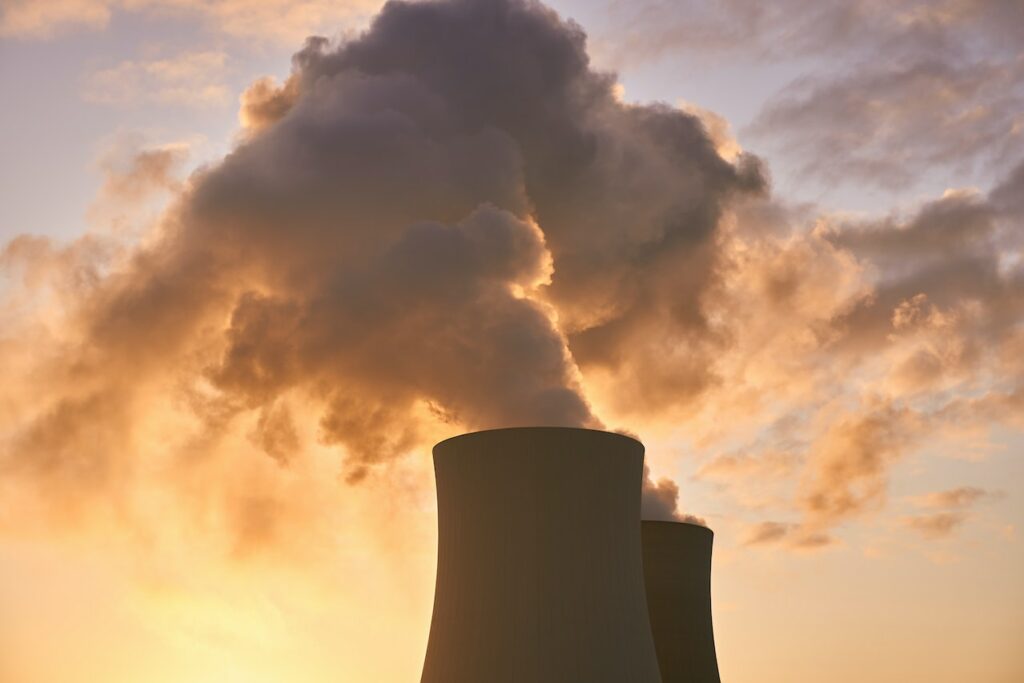
Advantages and Disadvantages of Non-Renewable Energy
There have been long-running debates on the advantages and disadvantages of non-renewable energy sources. Hence, the consumers must be aware of both sides of the coin. Mentioned below is an overview of the advantages and disadvantages of non-renewable energy:
Advantages of Non-Renewable Energy
- Non-renewable resources are high in energy. Resources such as coal and oil tend to provide us more energy in comparison to renewable energy like solar or wind energy.
- Huge profits can be generated in the mining of coal, selling of oil or the construction of natural gas pipelines.
- These resources are easy to use whether in a home or anywhere else.
- Consumers can find non-renewable resources at a very cost-effective price.
- For some people, new machines and other energy sources cannot replace their traditional minerals like coal and oil. So, it is also known as traditional energy.
- Non-renewable energy is easily found anywhere and everywhere. This implies that they can be conveniently moved across the world. People living in areas that are not easily approachable can make use of non-renewable energy as well.
- Most importantly, non-renewable recourses are job-creating. Extracting, transporting and refining are the parts of non-renewable sources that provide employment.
- Most of the non-renewable sources are also quite easy to store.
Disadvantages of Non-Renewable Energy
Though they have a number of advantages, non-renewable resources have many disadvantages as well. These include:
- One of the major disadvantages of non-renewable energy is that it is time-consuming. Mining of coal, searching for oil, installing oil drills, building oil rigs, inserting pipes to extract and transporting natural gases are very time-consuming processes. It also takes a lot of effort.
- Since non-renewable energy takes billions of years to form, they are slowly but gradually vanishing from the earth. Using non-renewable resources indiscriminately without thinking for our future generations could be selfish.
- Non-renewable energy can be dangerous and can cause respiratory problems in humans because sources like fossil fuels emit gases such as carbon monoxide.
- The workers working in coal mines or oil drills are more prone to a number of health risks. As a result, there are a large number of diseases, injuries and even deaths.
- Sources like coal, oil and natural gas release a large amount of carbon dioxide when burnt. As a result of these chemicals, they are rapidly destroying the ozone layer.
- Oxides like sulphur oxide and others released while burning fossil fuels convert the rain into acidic rain, which is harmful to wildlife as well as human beings.
- Many non-renewable sources release smog which envelopes the buildings. Mostly in modern cities, people complain about the same. Over time, black smog can make your building and other property appear dark and dirty.
- Sometimes it may be risky to transport non-renewable sources as huge cargo ships and oil tankers crash and spill the contents in the sea or elsewhere. It can be deadly for the sea animals and human beings who may come in contact with it.
- To keep the power station working, every time we need to keep a huge amount of fuel in reserve. This can be expensive and occupy a lot of space.
The Global Impact of Non-renewable Energy
It is commonly understood that the burning of fossil fuels has a harmful effect on the environment and is also responsible for global warming and climate changes. Along with this, nuclear materials are also associated with risks because their radioactive nature makes them toxic.
Besides the environmental effect of fossil fuels, it also causes damage to the economy. Due to this reason, the demand and supply of these resources are always questioned. The cost to obtain these energies is continuously rising and suppliers and consumers are finding it difficult to deliver and utilize these resources. Eventually, the rising price ends the user’s affordability and consumers are forced to use other alternatives.
In conclusion, there are both positive and negative aspects of non-renewable energy. It is important to take the right action to control the use of non-renewable energy to make the world a better place for future generations.